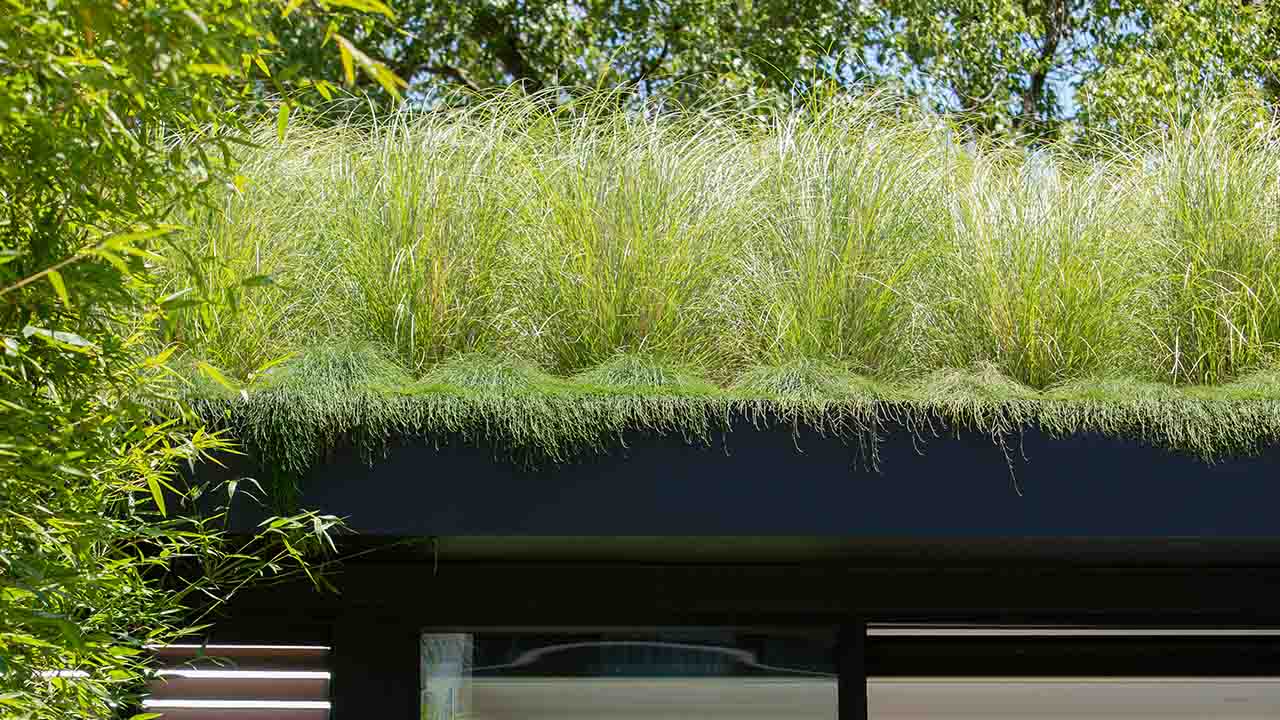How to conserve and utilise stormwater by creating a rain garden

Ever seen the amount of rain that goes into your garden that flows off and think “what a waste?”. There are ways of capturing and utilising rain before it gets lost in stormwater drains and adds to pollution in waterways, such as a rain garden.
“A significant amount of precious storm water is lost to us and adds pollution to our waterways as unfiltered rain runs straight into rivers and oceans,” says co-founder and creative director of Landart Landscapes, Matt Leacy.
“Creating a rain garden or storm water-smart garden is something property owners can do to make good use of rainfall,” Matt advises.
“Rain gardens are self-watering and low maintenance, and help to reduce use of water in the garden, as well as filtering and purifying water so that it is then safe to be reused.”
A rain garden is environmentally friendly, water efficient and can also help boost financial savings on water rates.
There are also different types of rain gardens, including downpipe diversion, a green roof, a plantar box as well as a vegetable rain garden.
Here are some tips for creating a simple rain garden.
Choose where you’re going to get the bulk of your storm water from.
This can be from a downpipe, driveway or pathway or from a rainwater tank, according to Matt.
Choose the right plantar box
“Choose a planter box that fits your space, or excavate a trench that leads water to a lower lying point in your garden,” Matt explains.
“You will need to layer your planter box with gravel, soil and sand, and then a bottom layer of gravel to aid with water filtration, and to allow the water to drain freely at the base into an exit pipe” Matt adds.
“Make sure you have a waterproof liner for your planter box to ensure the storm water is captured for reuse.”
Check with the local nursery for best advice on plants
“Speak to your local nursery to check the best plants to use in your rain garden,” Matt suggests. “Some good options include some kangaroo paws, native grasses, native rushes and Dianella.”
“The main thing is to ensure that whatever you choose is both drought-tolerant and able to withstand heavy rain and water. Native plants tend to be lower maintenance and more suitable than introduced species.”
Cover your rain garden with mulch
“Cover your rain garden with mulch to retain moisture (not bark or straw as these float into storm water drains). Gravel is a great option,” Matt says.
Monitor your rain garden
“While rain gardens are very low maintenance, you will need to weed until the plants have matured.”
“You will also need to monitor your rain garden in the first heavy downpours to ensure the water is evenly distributed,” Matt says. You may need to also add plants or some rocks to help control erosion.”
“If it doesn’t rain when you’re first setting up your rain garden, you will need to water your plants until they’re established,” says Matt. “Be sure to do so in compliance with local water restrictions.”
You have officially set up your rain garden!
Photo credits: Jason Busch
